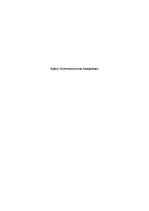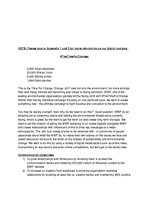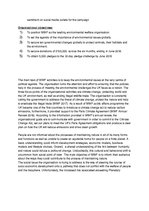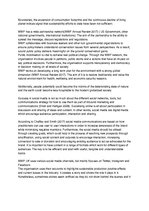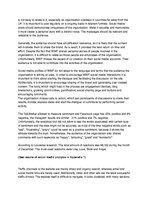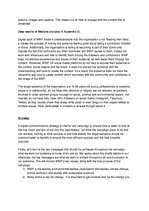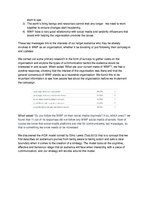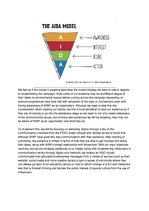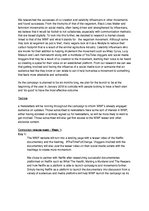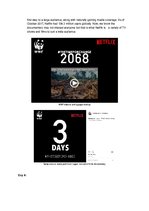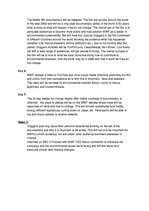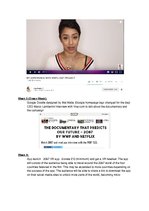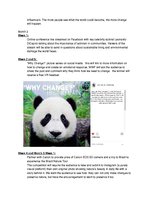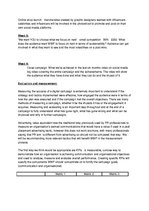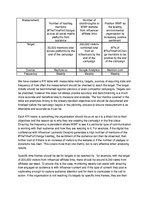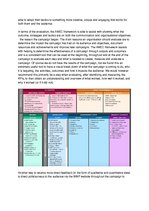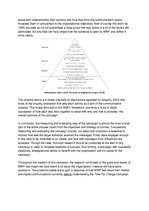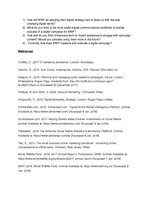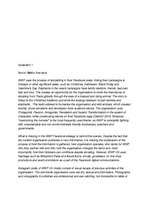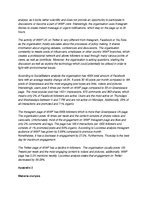-
Digital Communications Campaign
2011 - 2015 years
In conclusion, the measuring and evaluating step of the campaign is almost the most crucial part of the entire process (apart from the objectives and strategy of course). Successfully measuring and evaluating the campaign outputs, out-takes and outcomes is essential to monitor how well the target audience receives the messages, if they were engaged enough in this case to be motivated to co-create, and how well messages from influencers are accepted. Though the case, thorough research should be conducted at the start of any campaign in order to increase likeability of success, thus forming a campaign with successful objectives, strategies and tactics to benefit both the organisation and it’s cause for the campaign.
Throughout the creation of this campaign, the research conducted of the goals and issues of WWF has meant we have learnt a lot about the organisation, however still have some questions. The questions below are to gain a response of how WWF feel about their market and digital communications currently, before implementing the Time For Change campaign.
1) How will WWF be adapting their digital strategy next to keep up with the ever-changing digital world?
2) What do you think is the most useful digital communications tool/tactic to enable success of a digital campaign for WWF?
3) How well do you think influencers work to impact audiences to engage with campaign content? Would you consider using them more in the future?
4) Currently, how does WWF measure and evaluate a digital campaign?
…
PR campaign for Digital communications

